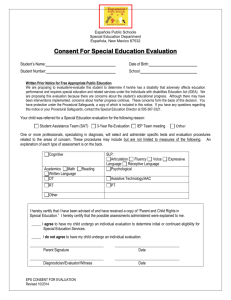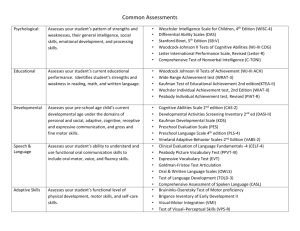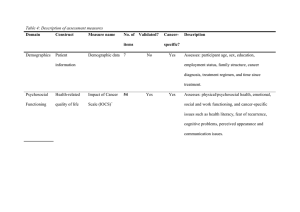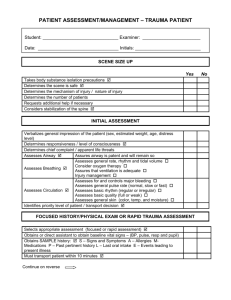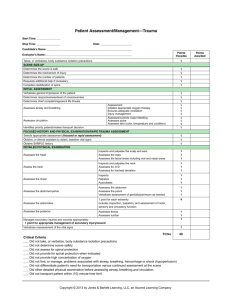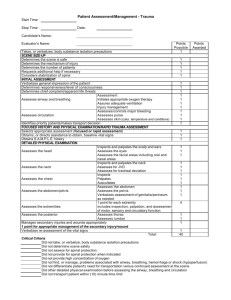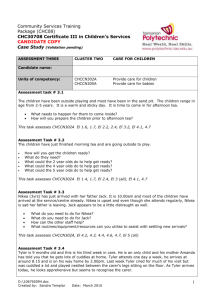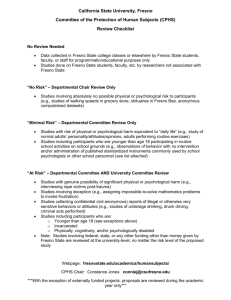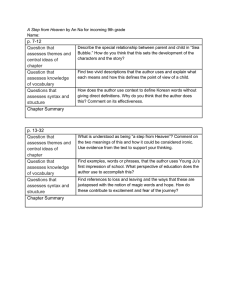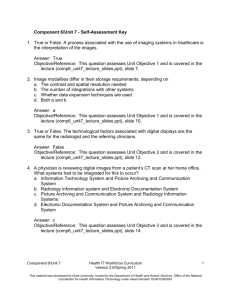Description of Assessment Areas, Ages 3-21
advertisement
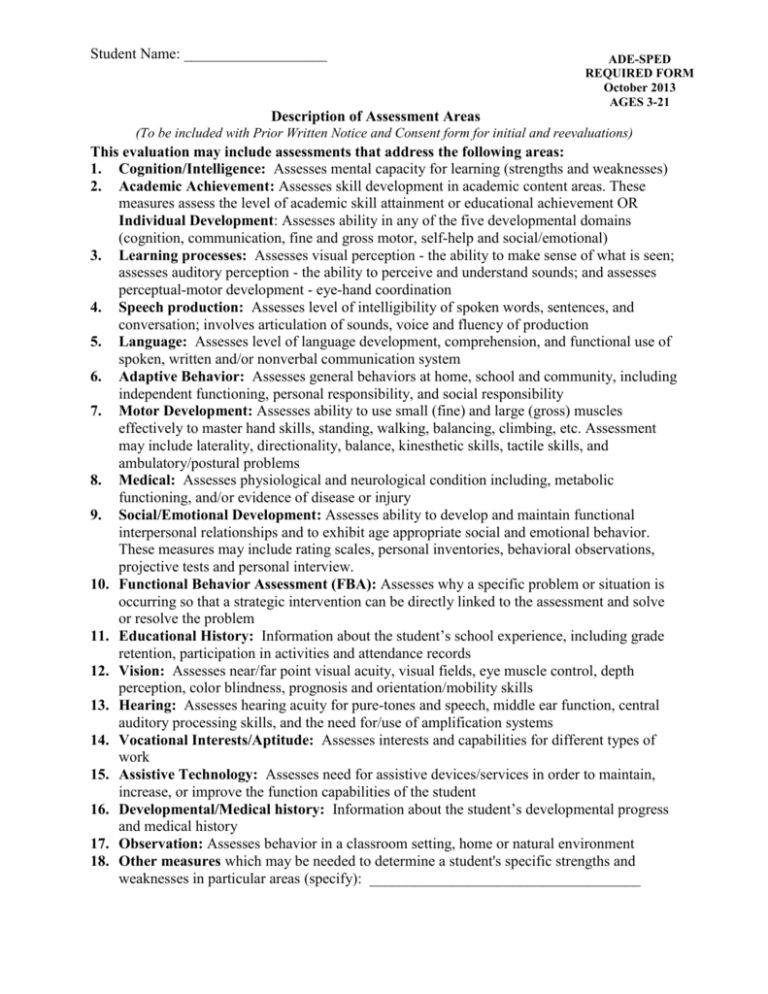
Student Name: ___________________ ADE-SPED REQUIRED FORM October 2013 AGES 3-21 Description of Assessment Areas (To be included with Prior Written Notice and Consent form for initial and reevaluations) This evaluation may include assessments that address the following areas: 1. Cognition/Intelligence: Assesses mental capacity for learning (strengths and weaknesses) 2. Academic Achievement: Assesses skill development in academic content areas. These measures assess the level of academic skill attainment or educational achievement OR Individual Development: Assesses ability in any of the five developmental domains (cognition, communication, fine and gross motor, self-help and social/emotional) 3. Learning processes: Assesses visual perception - the ability to make sense of what is seen; assesses auditory perception - the ability to perceive and understand sounds; and assesses perceptual-motor development - eye-hand coordination 4. Speech production: Assesses level of intelligibility of spoken words, sentences, and conversation; involves articulation of sounds, voice and fluency of production 5. Language: Assesses level of language development, comprehension, and functional use of spoken, written and/or nonverbal communication system 6. Adaptive Behavior: Assesses general behaviors at home, school and community, including independent functioning, personal responsibility, and social responsibility 7. Motor Development: Assesses ability to use small (fine) and large (gross) muscles effectively to master hand skills, standing, walking, balancing, climbing, etc. Assessment may include laterality, directionality, balance, kinesthetic skills, tactile skills, and ambulatory/postural problems 8. Medical: Assesses physiological and neurological condition including, metabolic functioning, and/or evidence of disease or injury 9. Social/Emotional Development: Assesses ability to develop and maintain functional interpersonal relationships and to exhibit age appropriate social and emotional behavior. These measures may include rating scales, personal inventories, behavioral observations, projective tests and personal interview. 10. Functional Behavior Assessment (FBA): Assesses why a specific problem or situation is occurring so that a strategic intervention can be directly linked to the assessment and solve or resolve the problem 11. Educational History: Information about the student’s school experience, including grade retention, participation in activities and attendance records 12. Vision: Assesses near/far point visual acuity, visual fields, eye muscle control, depth perception, color blindness, prognosis and orientation/mobility skills 13. Hearing: Assesses hearing acuity for pure-tones and speech, middle ear function, central auditory processing skills, and the need for/use of amplification systems 14. Vocational Interests/Aptitude: Assesses interests and capabilities for different types of work 15. Assistive Technology: Assesses need for assistive devices/services in order to maintain, increase, or improve the function capabilities of the student 16. Developmental/Medical history: Information about the student’s developmental progress and medical history 17. Observation: Assesses behavior in a classroom setting, home or natural environment 18. Other measures which may be needed to determine a student's specific strengths and weaknesses in particular areas (specify): ____________________________________

